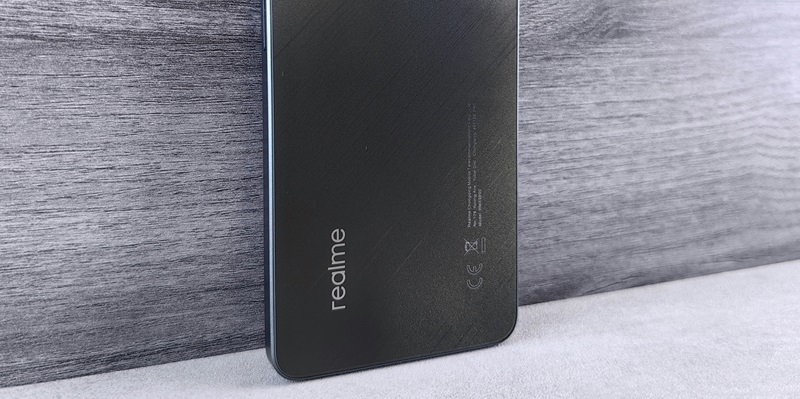Realme has been making waves with its GT series, known for combining robust performance with competitive pricing, and the GT Neo 7 is poised to build on this legacy. Slated for release around the same time as Qualcomm’s Snapdragon 8 Gen 4, the device offers high-end features typically seen in flagship smartphones but at a more accessible price point. Powered by Snapdragon’s "Leading Version" of the 8 Gen 3 processor, it promises a significant boost in performance over its predecessor, the GT Neo 6, which runs on the Snapdragon 8s Gen 3. The new processor’s superior clock speeds should make the GT Neo 7 a strong performer, particularly appealing to gamers and power users.
Specifications and Performance
Processor and Battery
At the heart of the Realme GT Neo 7 lies Qualcomm’s Snapdragon 8 Gen 3 "Leading Version," a substantial upgrade from the processor used in its predecessor. This processor is known for its superior clock speeds, enabling faster processing and seamless multitasking. The improved performance makes it an enticing choice for gamers and tech enthusiasts alike. Realme’s focus on delivering high-performing devices at a lower cost is evident in this choice, positioning the GT Neo 7 as a formidable competitor in the mid-range market.
Another significant feature is the smartphone’s large battery, capable of fast charging at 100W. Such specifications are commonly reserved for high-end smartphones, making this inclusion particularly noteworthy. Fast charging ensures that users spend less time tethered to a charging cable and more time enjoying their device. The combination of a powerful processor and rapid charging promises a seamless experience for users, catering to heavy usage scenarios, whether it’s gaming, streaming, or multitasking. These features make the GT Neo 7 a compelling option for those looking for high performance without the flagship price.
Display and Gaming Features
The Realme GT Neo 7 is expected to feature an advanced "gaming display," designed to enhance the visual experience with a presumed 120 Hz or 144 Hz refresh rate. This specification is particularly beneficial for gamers, as higher refresh rates provide smoother and more responsive gameplay. The fast refresh rate also elevates everyday tasks, making scrolling through social media feeds or navigating between apps feel more fluid and enjoyable. This focus on display quality highlights Realme’s commitment to providing a premium user experience, even in a mid-range device.
Additionally, the device’s display technology complements its powerful processor, creating a well-rounded experience for intensive tasks. The combination of a top-tier processor and a high-refresh-rate display ensures that the GT Neo 7 can handle graphically demanding games and applications with ease. These features, often reserved for more expensive flagship models, make the GT Neo 7 stand out in the mid-range segment. By offering such high-end specifications at a lower price, Realme continues to solidify its reputation for delivering value-packed smartphones.
Market Position and Pricing
Pricing Strategy
The Realme GT Neo 7 follows its predecessors by aiming to offer excellent price-performance value, targeting a price point around $286. This strategy provides significant competition to more expensive flagship models from other major brands like Samsung, Oppo, and Vivo. By delivering high-performance features at a fraction of the cost, Realme aims to make advanced technology accessible to a broader audience. This approach is particularly appealing in markets where consumers are price-sensitive but still desire high-end features.
However, Realme has made some cost-cutting decisions to maintain this competitive pricing. Features such as water resistance, wireless charging, and a telephoto camera are omitted. These exclusions are strategic, allowing Realme to focus on core functionalities without heavily compromising the device’s overall performance. This balance between cost and features ensures that the GT Neo 7 remains an attractive option for consumers looking for premium capabilities at a mid-range price. The decision to forgo certain features highlights Realme’s focus on delivering the most value in essential areas.
Competitive Edge
Realme has been garnering attention with its GT series, celebrated for delivering solid performance at a competitive price, and the GT Neo 7 is set to continue this tradition. Expected to launch around the same time as Qualcomm’s Snapdragon 8 Gen 4, the GT Neo 7 brings high-end features typically reserved for flagship smartphones but at a more budget-friendly price. It will be powered by Snapdragon’s "Leading Version" of the 8 Gen 3 processor, promising a noteworthy performance boost over its predecessor, the GT Neo 6, which is equipped with the Snapdragon 8s Gen 3.
The new processor’s enhanced clock speeds should make the GT Neo 7 a standout performer, especially appealing to gamers and power users who demand quick, responsive devices. By combining top-tier processing power with affordability, the GT Neo 7 aims to cater to tech enthusiasts looking for high performance without breaking the bank. Its strategic release timing alongside the Qualcomm Snapdragon 8 Gen 4 further underscores Realme’s commitment to staying ahead in the technology curve, offering consumers a cutting-edge experience.

